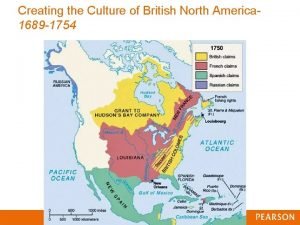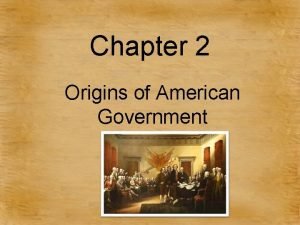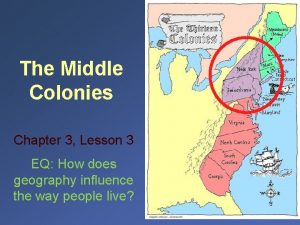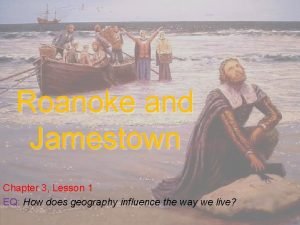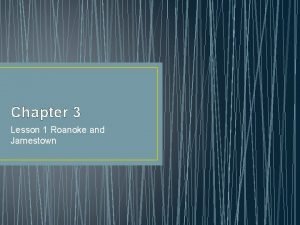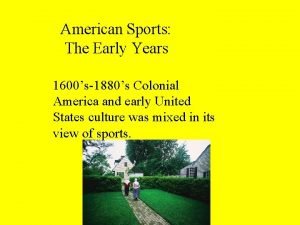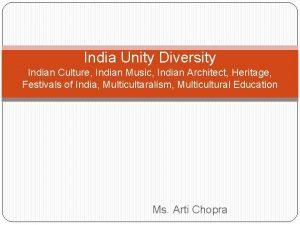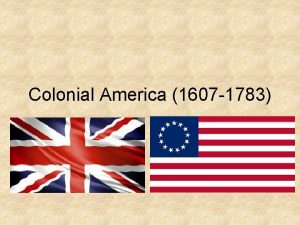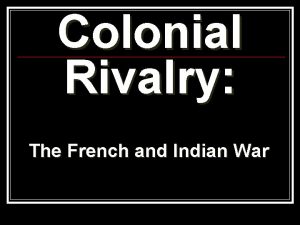CULTURE OF COLONIAL NORTH AMERICA Indian America Active








- Slides: 8

CULTURE OF COLONIAL NORTH AMERICA


Indian America • Active traders with the Europeans • Became dependent on them • However had a proud independence and tried to turn the Europeans against each other • Other times they formed alliances with Europeans • Historians estimate that there were 7 to 10 million in America but that number dropped to a million by 1800

Spanish Borderlands • Mexico City was the capital of the Spanish territories • Everywhere else was not as elaborately built • With the growing conflicts between Great Britain and France, the Spanish sided with the Indians and the slaves • Many missionaries and presidios were established • Subsistence agriculture • Religion was highly emphasized, even with Indians

French Crescent • Was the second largest Catholic empire in America • Population rose slowly • Trade was the main income • There were a lot of farming communities in Louisiana • There were a lot of mixed cultures with Indian cultures

New England • Most were puritan except for Rhode Island • No separation of church and state • Puritan communities were based on their religious principles • Combination of repression and freedom • Anne Hutchinson and Roger Williams were dissidents • Toleration Act: passed in 1661 by King Charles to stop religious persecution in Massachusetts

Middle Colonies • New Jersey had a mosaic of cultures, religions and people • Immigration • Quakers were the minority • Religious toleration and plurality • Pennsylvania expanded because individual plots were being sold • This lead to movement to the backcountry

The South • Chesapeake and lower south were triracial societies • Indian, African and white • Church of England was the religion in the south • Toleration Act was not enforced in the south • Movement from rice to tobacco • In comparison, Chesapeake had more of a community than the south did

